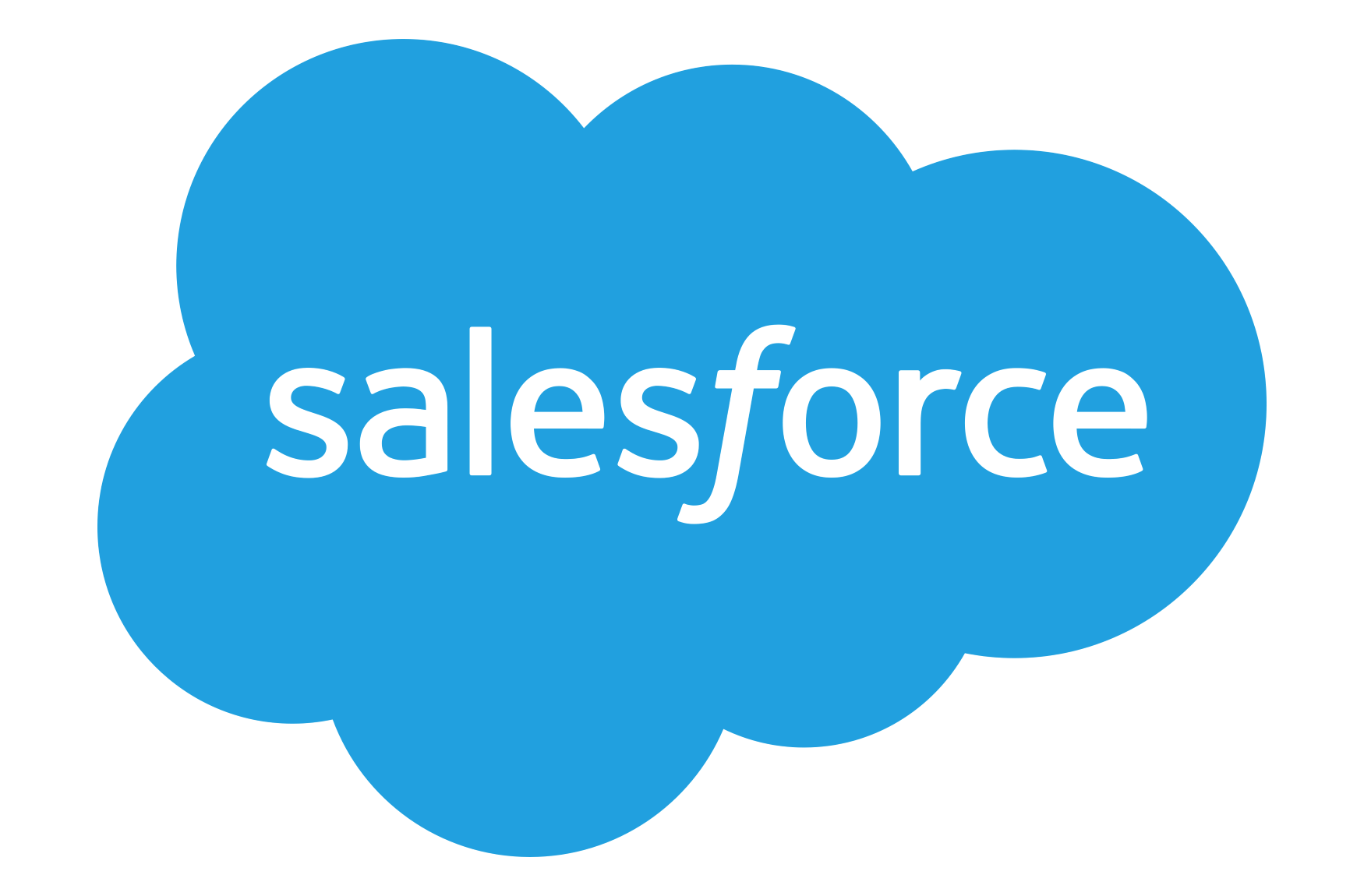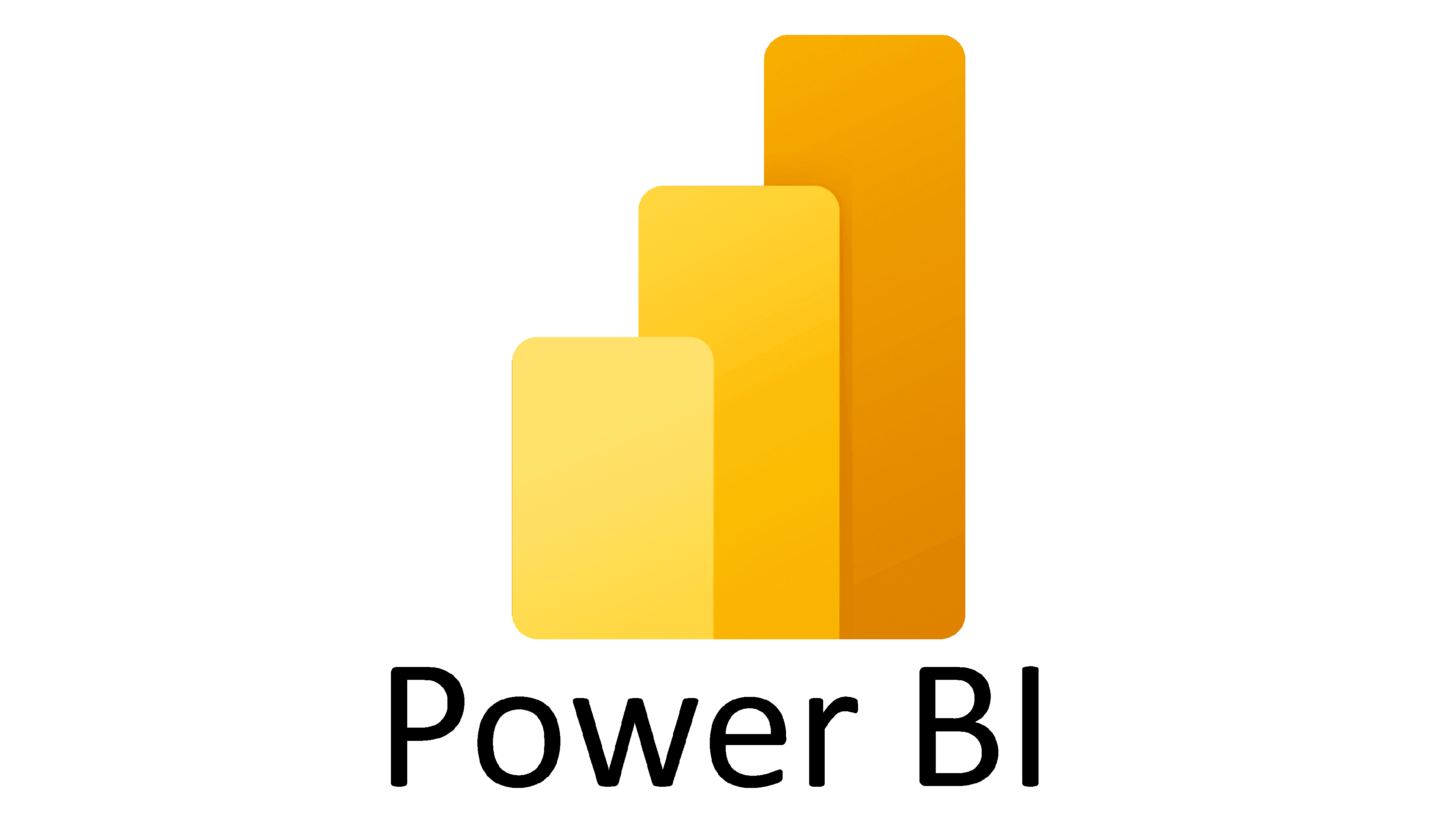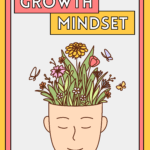Introduction
Sales success is not just about hiring great talent—it’s about equipping your team with the right skills, strategies, and mindset to consistently close deals. Implement effective sales training program to improve conversion rates, boosts revenue, and ensures that your team stays ahead of the competition.
However, many businesses struggle with sales training because they lack a structured, data-driven approach. In this blog, we’ll explore how to implement an effective sales training program using the E-E-A-T framework (Experience, Expertise, Authoritativeness, and Trustworthiness) to ensure maximum impact.
What You’ll Learn:
✅ The importance of sales training programs in business growth
✅ Key elements of a high-impact sales training program
✅ How to structure ongoing coaching & reinforcement
✅ The best CRM and AI tools for sales training and performance tracking
✅ Proven strategies for measuring sales training effectiveness
For more insights into sales optimization, check out my blog on Winning Sales Strategies.
Why Effective Sales Training Programs Are Critical for Success
Many organizations underestimate the power of structured sales training. A well-executed training program leads to:
🔹 Higher conversion rates – Well-trained reps understand customer pain points and sell more effectively.
🔹 Improved team productivity – Standardized processes help reps close deals faster.
🔹 Reduced onboarding time – New hires become productive much quicker with structured training.
🔹 Stronger customer relationships – Effective training teaches reps how to build trust and long-term relationships.
🔹 Consistent revenue growth – Data-driven training programs increase sales performance by 20-30% on average.
Companies that invest in continuous sales training outperform those that don’t. So, how can you build a structured sales training program that delivers measurable results?
Step 1: Define Your Effective Sales Training Objectives
Before designing your program, ask:
✅ What key skills do we need to develop?
✅ What sales challenges are our reps facing?
✅ How will we measure training success?
Common Sales Training Goals:
🎯 Product Knowledge – Ensure reps deeply understand your offerings.
🎯 Objection Handling – Train reps to overcome common customer objections.
🎯 CRM & Sales Tools – Teach reps to use data analytics and CRM systems effectively.
🎯 Negotiation Skills – Help reps close deals confidently and strategically.
Example:
A B2B SaaS company identified that 50% of lost deals resulted from poorly handled objections. By implementing an objection-handling module, they reduced lost deals by 20% in three months.
Step 2: Choose the Right Effective Sales Training Method
Every business is unique, so it’s important to use a combination of training methods to fit different learning styles.
Proven Sales Training Methods:
📌 Role-Playing & Live Simulations – Helps reps practice real-life sales conversations.
📌 Video-Based Learning – Engaging training modules accessible anytime.
📌 One-on-One Coaching – Personalized mentorship from senior sales leaders.
📌 AI-Driven Feedback – Tools like Gong.io analyze sales calls and provide insights.
Best Tools for Sales Training:
✅ Gong.io – AI-powered conversation intelligence for sales training.
✅ Salesforce Sales Enablement – Tracks training progress and rep performance.
✅ Seismic – Sales training platform for interactive learning.
Example:
A sales team at an e-commerce company implemented Gong.io for AI-driven coaching and improved sales closing rates by 15% within two months.
Step 3: Implement Effective Sales Training & Reinforcement
Sales training isn’t a one-time event—it requires continuous learning and reinforcement to ensure long-term success.
🔹 Weekly Sales Meetings – Discuss challenges and share successful sales techniques.
🔹 Call Reviews & Feedback – Analyze recorded calls to identify areas for improvement.
🔹 Peer-to-Peer Coaching – Encourage collaboration and skill-sharing within teams.
🔹 Gamification & Incentives – Motivate reps by rewarding high performance.
The Role of CRM & AI in Ongoing Coaching:
- HubSpot Sales Hub – Tracks rep performance and automates coaching.
- Zoominfo – AI-powered call recording and real-time coaching.
- Zoho CRM – Offers AI-driven insights for sales rep improvement.
Example:
A tech startup implemented weekly call coaching using Chorus.ai and saw a 25% improvement in deal closures within six months.
Step 4: Measure the Effectiveness of Your Sales Training Program
To ensure your sales training program is delivering real business value, track these key performance indicators (KPIs):
📊 Sales Rep Performance Metrics:
✅ Conversion Rate – % of leads turning into customers.
✅ Average Deal Size – How much revenue each deal generates.
✅ Sales Cycle Length – How long it takes to close deals.
✅ Customer Retention Rate – How many customers stay engaged.
Best Sales Training Performance Analytics Tools:
📌 Microsoft Power BI – Data visualization for tracking sales metrics.
📌 Tableau – AI-driven insights into training effectiveness.
📌 Zoho Analytics – Tracks training ROI and rep performance.
Example:
A financial services company tracked sales before and after training and saw a 30% increase in sales productivity within a year.
Conclusion: Building a Effective Sales Training Program
An effective sales training program is not a one-size-fits-all solution. It requires continuous improvement, coaching, and measurement to ensure success.
Key Takeaways:
✔ Define clear sales training objectives.
✔ Use a mix of training methods (role-playing, AI-driven insights, coaching).
✔ Leverage CRM and AI tools for coaching and performance tracking.
✔ Measure training effectiveness through key performance indicators.
✔ Reinforce learning with ongoing coaching and mentorship.
Companies that prioritize structured, data-driven sales training programs see higher conversion rates, improved team productivity, and long-term revenue growth.
Next Steps:
✅ Implement a structured sales training program in your organization today.
✅ Start tracking performance using tools like Gong.io, Salesforce, and Power BI.
✅ Commit to ongoing coaching and reinforcement for long-term success.
How does your company approach sales training? Share your insights in the comments!















